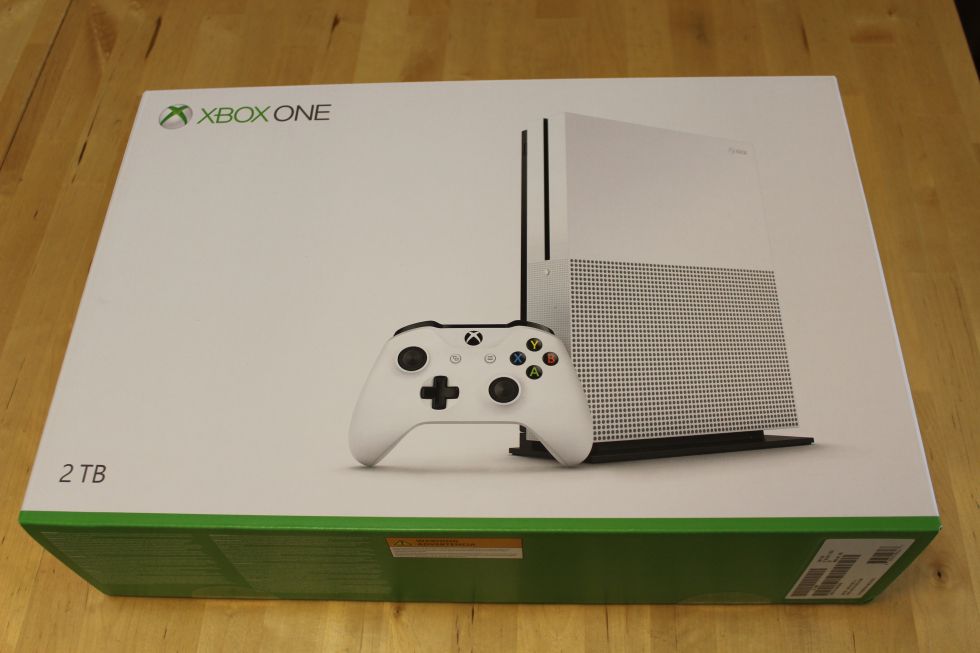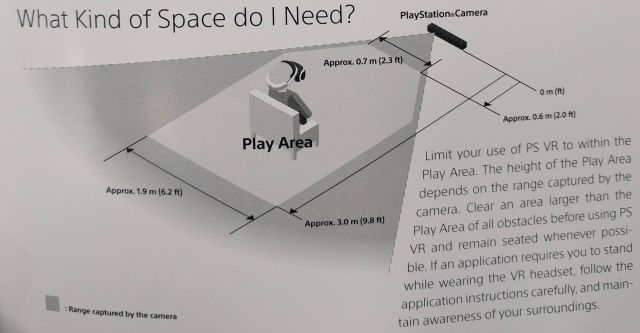
This is the SFW version of the spin-off's card selection.
Board game smash hit Codenames has earned countless accolades and awards since its 2015 launch due to its ease of play, surprising depth, and family friendliness. The game revolves around giant packs of words, which means a simple "add some more words" offshoot or expansion was inevitable, but the game's first official follow-up wastes no time erasing the phrase "family friendly" from the recommendation list.
Codenames: Deep Undercover began appearing at Target shops in late July, and this week it finally officially launched at more Targets (and will, for now, remain an exclusive at the US big-box chain) for $20. The 200-card set only differs from the core game in one key aspect: dirty words. Players split into two teams, and they're each led by a "spymaster" who must help his or her teammates figure out which face-up words on a table belong to their team—and must do so with one-word clues, which makes the clue-giving process pretty tricky.
But while the original game's word list mostly consisted of neutral words and proper nouns, C:DU takes the blue route, consisting mostly of sexual words (squirt, vibrator), slurs (bitch, slut), and double entendres (clam, pickle). The game also comes with Codenames' first official set of blank cards, on which players can write their own vulgar or gross words of choice, along with more stylized versions of its "bystander" cards.






